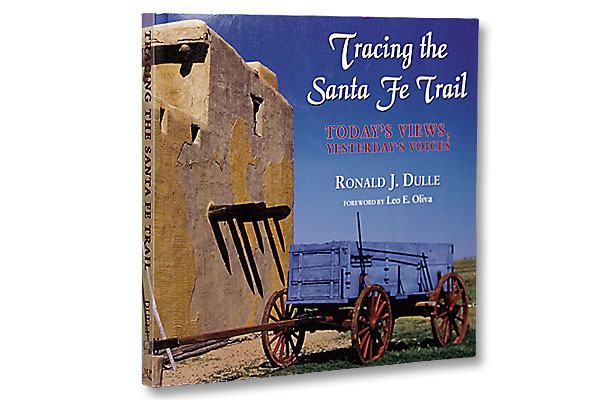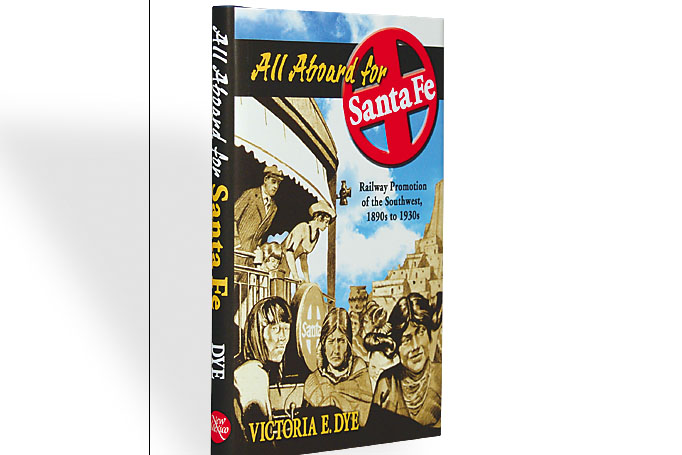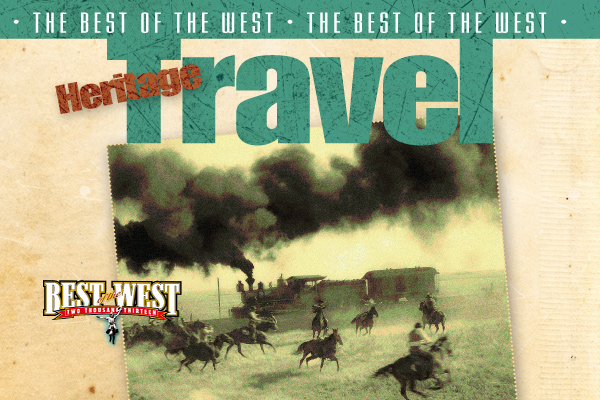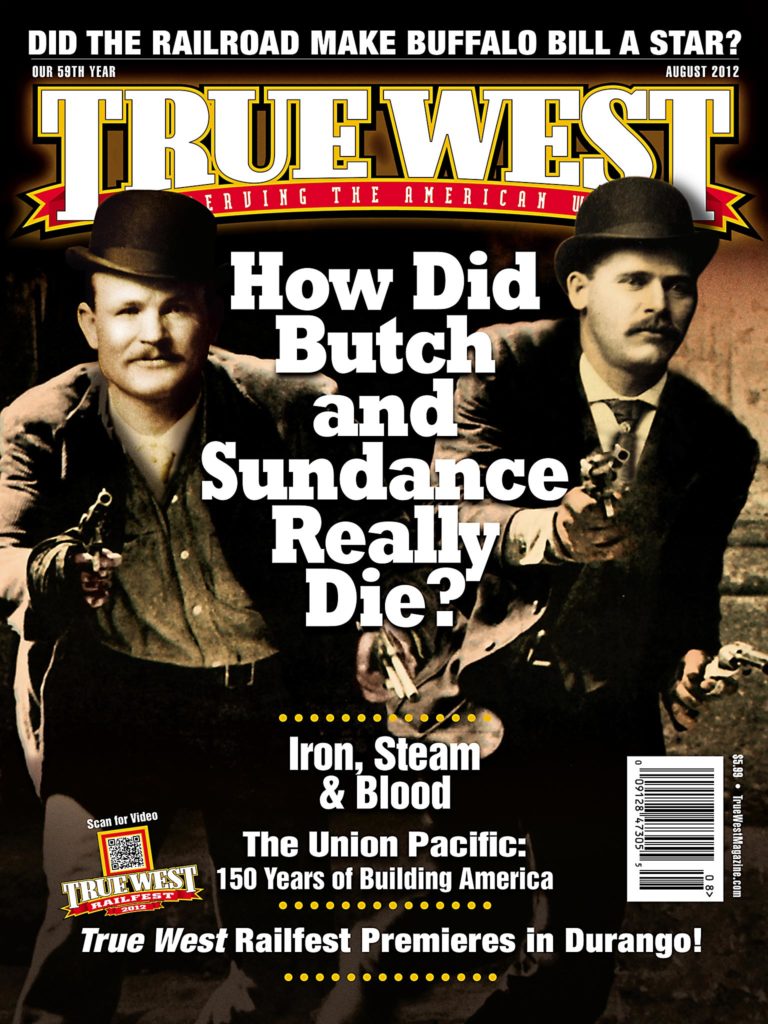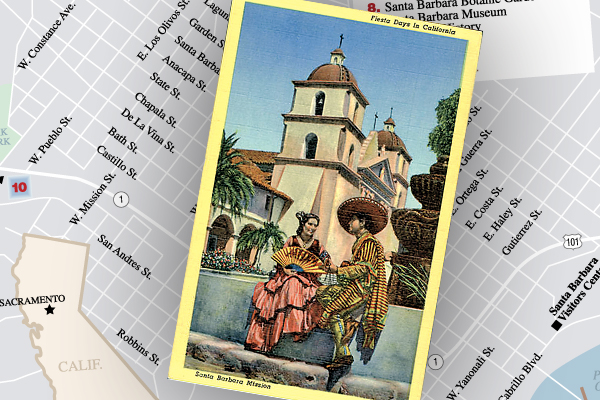 1. Santa Barbara was founded at Presidio de Santa Bárbara in 1782 when the Spanish established the last of four fortresses in Alta California to defend the area from foreign invasion. Explore the exhibits, exposed archaeological excavations and the atmospheric adobe buildings.
1. Santa Barbara was founded at Presidio de Santa Bárbara in 1782 when the Spanish established the last of four fortresses in Alta California to defend the area from foreign invasion. Explore the exhibits, exposed archaeological excavations and the atmospheric adobe buildings.
2. The Santa Barbara Historical Museum houses the city’s presidio and mission artifacts, plus the decorative arts and personal possessions of many prominent Californio families. Next door are two adobes dating to 1817 and 1836.
3. Sit on the outdoor porch, with a view of the presidio, and enjoy Mexican fare at Playa Azul Café. Pearl Chase, who began the presidio restoration project, had her office here during the 1960s.
4. A feast for the eyes and the imagination, the Carriage and Western Art Museum houses over 50 spectacular saddles, many with famous former owners, and dozens of carriages, from mud wagons to Army wagons.
5. Casa de la Guerra was built between 1818-28 by José de la Guerra, the fifth commandant of the presidio and a successful merchant and trader. The fully-restored adobe home offers furnished rooms and exhibits sharing the history of this remarkable family.
6. Pick up the Red Tile Walking Tour map at the Santa Barbara Visitors Center. The tour starts at the County Courthouse and covers a 12-block area featuring 22 pre-1900 adobes.
7. Still an active church parish, the Old Mission Santa Barbara is one of a string of 21 California missions built by Spanish Franciscans to convert native people to Catholicism. You can attend a service or spend a few peaceful hours exploring the historical exhibits on mission life and the beautiful gardens.
8. Tucked into Mission Canyon, the Santa Barbara Botanic Garden offers vast open spaces that conjure a feeling of what Santa Barbara looked and felt like before today’s urban core was developed. The garden also contains the dam and aqueduct, built in 1806 to supply water for the mission.
9. Near Old Mission Santa Barbara, the Santa Barbara Museum of Natural History includes a state-of-the-art exhibit on the Chumash, who historically occupied the California Coast from Malibu to San Luis Obispo and who remain active, treasured members of the community.
10. The Stow family constructed Rancho la Patera in the 1870s. In one afternoon, tour the 1873 Carpenter Gothic home, wander the ornamental gardens and visit the ranch outbuildings, one of which holds exhibits on the history of Goleta Valley.
Anne Petersen is associate director for historical resources at the Santa Barbara Trust for Historic Preservation.


